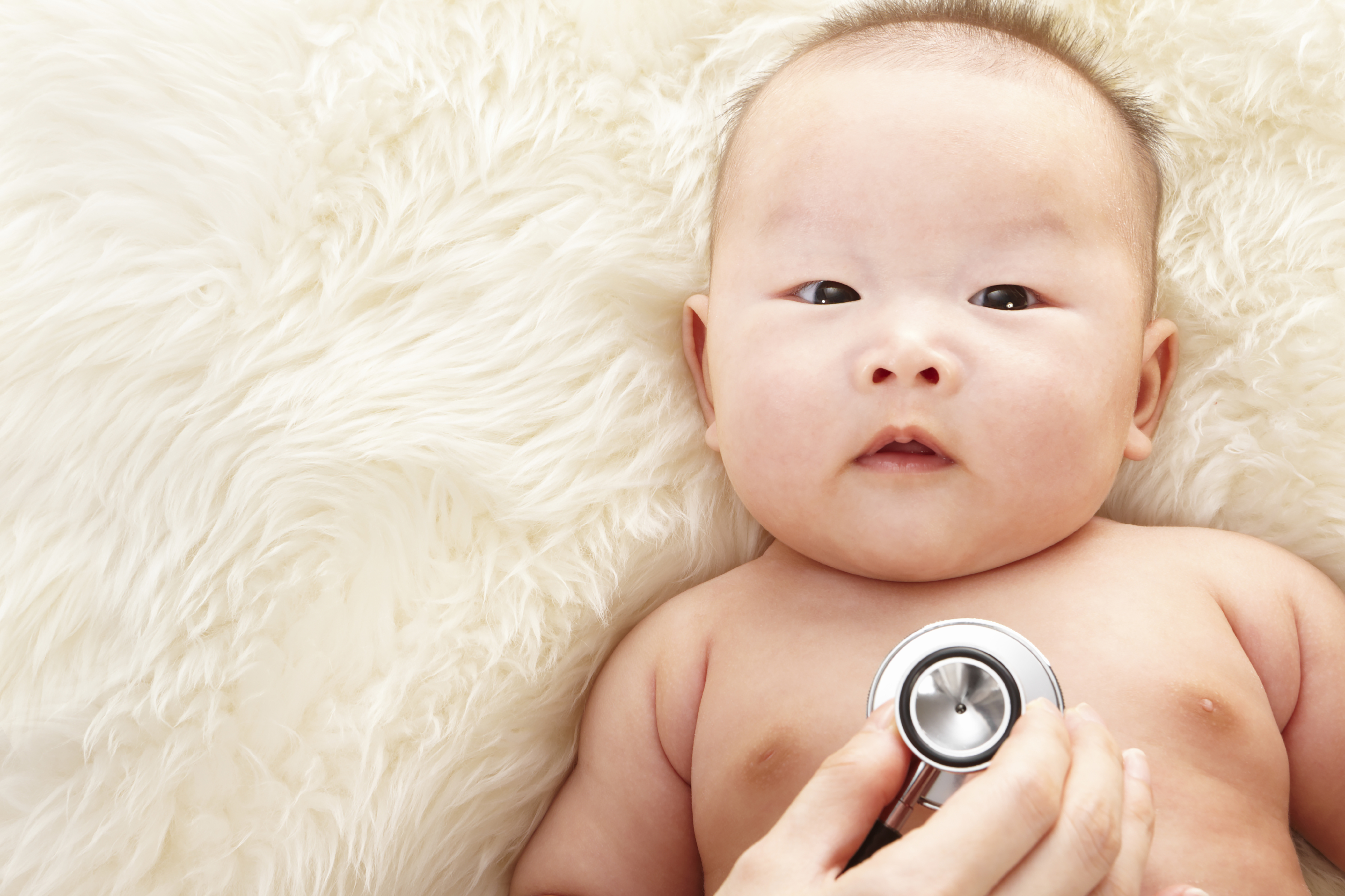Condition
Pediatric Turner Syndrome
What You Need to Know
Turner syndrome (TS) is a genetic disorder that occurs in girls.
Key Symptoms
- Girls with Turner syndrome are shorter than most girls
- They don’t go through normal puberty as they grow into adulthood
- They may also have heart, thyroid or kidney problems
Diagnosis
Turner syndrome can often be diagnosed before birth. This is done by looking at the mother's blood or at cells in the amniotic fluid or from the placenta.
Treatment
Serious health concerns caused by Turner syndrome can be treated with:
- Hormone therapy
- Surgery
- Medications
Schedule an Appointment
Our pediatric specialists provide personalized care for your child’s physical, mental and emotional health needs. Meet our providers and schedule an appointment today.
Frequently Asked Questions
Prevention and Risk Assessment
What is Turner syndrome in children?
What causes Turner syndrome in children?
How can I help prevent Turner syndrome in my child?
Diagnosis
What are the symptoms of Turner syndrome in children?
How is Turner syndrome diagnosed in a child?
Treatment
How is Turner syndrome treated in children?
What are the possible complications of Turner syndrome in children?
How can I help my child live with Turner syndrome?
When should I call my child’s healthcare provider?
Meet the Providers Who Treat Turner Syndrome
Departments that Treat Turner Syndrome

Pediatric Gynecology Program
When your child needs specialized gynecologic care, Children's National Hospital has the experience and expertise to provide the most appropriate care for younger patients.

Help Kids and Make a Difference
Invest in future cures for some of life's most devastating diseases.










